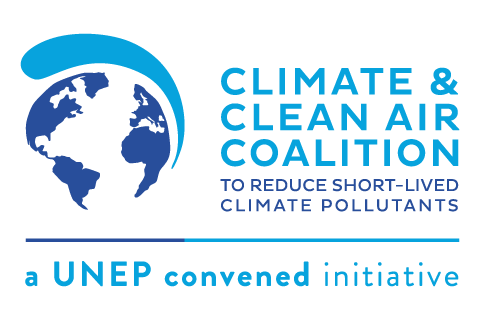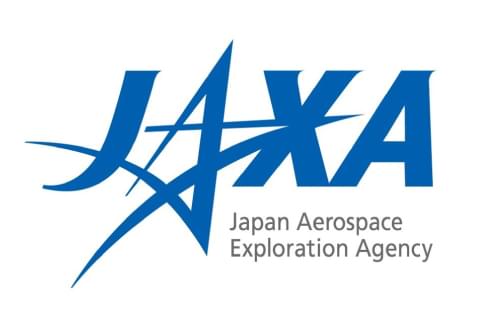Moderator
HONDA Shunichi, Programme Officer, Industry and Economy Division, UNEP
Introduction of the SessionONO Takako, Senior Programme Coordinator, Sustainable Consumption and Production, IGES
What is the Global Methane Pledge
Nathan BORGFORD-PARNELL, Climate and Clean Air Coalition (CCAC)
Observation of global methane concentration by utilizing the Greenhouse gases Observing SATellite (GOSAT)
ISHIHARA Hironari, Deputy Director, Climate Change Observation Research Strategy Office, Global Environment Bureau, Ministry of the Environment, Japan
Trend of global methane concentration by observing satellites
SUTO Hiroshi, Associate Senior Engineer, GOSAT-GW Project Team, GOSAT-2 Project Team, Associate Senior Chief Officer of Earth Observation Missions, Space Technology Directorate 1, Japan Aerospace Exploration Agency (JAXA)
Estimation methods of methane emissions in Cambodia
Leang Sophal, Deputy Director of Department of Climate Change, Directorate of Policy and Strategy, Ministry of Environment, Cambodia
Expectation to utilisation of satellite dataHAYASHI Miho, Programme Manager, Sustainable Consumption and Production, IGES
Panel Discussion
Wrap-up of the discussion
HONDA Shunichi, Programme Officer, Industry and Economy Division, UNEP








